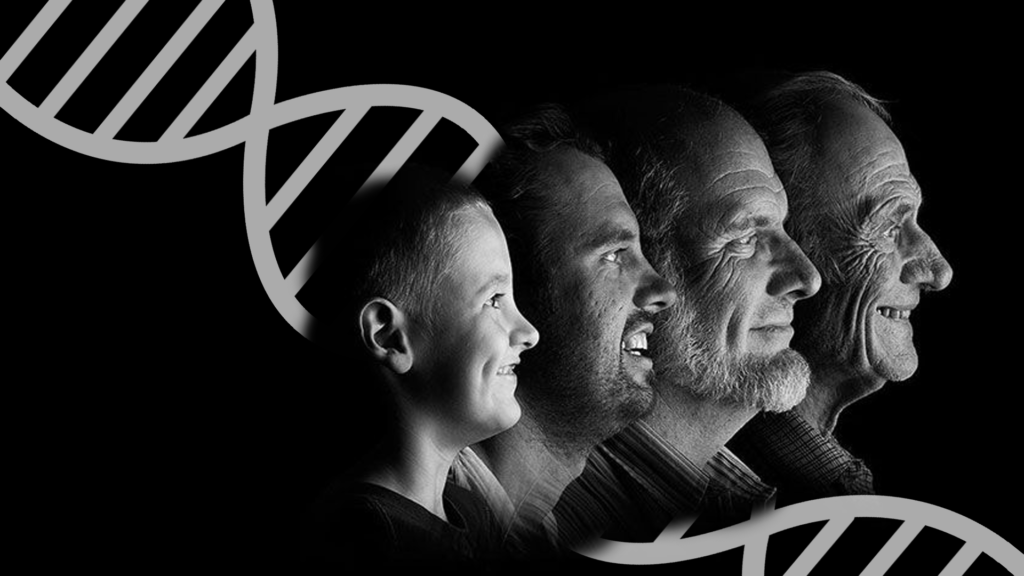The Role of Genetics in Personal Style: Why We Gravitate Toward Certain Looks

Fashion is often viewed as a form of art, culture, and expression, but beneath the surface lies an intricate interplay of biology and genetics that influences why we gravitate toward specific looks. While personal style is shaped by social, cultural, and psychological factors, genetics provides a foundational blueprint that significantly impacts our aesthetic choices. This article delves into the fascinating ways our DNA shapes our fashion preferences and how it intertwines with the art of self-presentation.
1. Genetics and Physical Features: The Foundation of Style
Our genetic makeup determines fundamental physical traits such as body shape, skin tone, hair texture, and facial features, all of which play a role in how we approach personal style. For instance:
- Body Shape: Genetics dictates our height, bone structure, and proportions. These factors influence the types of clothing that fit well and make us feel confident. For example, a taller individual might lean towards longer coats and slim-fit trousers, while someone with a shorter stature might prefer cropped jackets and high-waisted pants to elongate their frame.
- Skin Tone: Melanin levels, determined by genetics, influence which colors and patterns complement an individual. Warm undertones often pair well with earthy shades, while cooler undertones shine in jewel tones like sapphire and emerald.
- Hair Texture and Style: From curly to straight, hair texture is another genetically driven trait. This can determine the practicality of certain hairstyles or accessories, such as headbands, hats, or hairstyles that align with natural hair patterns.
2. Biological Preferences for Color and Pattern
Color preferences are not purely cultural; they have roots in biology. Studies suggest that humans are instinctively drawn to colors and patterns associated with survival. For example:
- Bright Colors: Vibrant shades like red and yellow are biologically associated with alertness and energy. Men and women alike may unconsciously select these colors for occasions where they wish to stand out or exude confidence.
- Subtle Patterns: Genetic predispositions may also play a role in our affinity for patterns. Symmetrical designs and geometric shapes are often perceived as pleasing because symmetry is linked to health and genetic fitness.
3. The Role of Inherited Personality Traits in Fashion
Beyond physical attributes, genetics also influences personality traits that drive style preferences. Extroverted individuals, for example, may be more inclined toward bold, statement-making fashion, while introverts might gravitate toward minimalistic or neutral styles.
Additionally, traits such as risk tolerance, creativity, and openness to experience can influence how adventurous a person is with their wardrobe. These tendencies, shaped in part by genetics, determine whether someone prefers classic staples or experimental trends.
4. Evolutionary Influences on Fashion Choices
Evolutionary biology sheds light on why certain clothing styles and accessories remain timelessly appealing.
- The Power of Red: Research shows that red is universally associated with strength, passion, and dominance, making it a popular choice for formal wear, ties, and accessories. This connection stems from primal associations with blood and vitality, signaling health and reproductive fitness.
- Ornamentation and Status Symbols: From ancient times to the modern era, humans have used clothing and accessories to signify status. Gold jewelry, for instance, is a timeless symbol of wealth and power, linked to our evolutionary desire to attract mates and display resources.
5. The Interplay Between Genetics and Culture
While genetics provides the foundation, culture shapes how it is expressed. For instance, cultural beauty standards often amplify certain genetic traits. Someone with naturally thick hair may find their genetics celebrated in one culture while underappreciated in another.
Cultural factors also influence how individuals adapt their genetic traits. For example, individuals in colder climates, where genetic traits such as fair skin and light hair are common, might favor clothing that accentuates these features, like darker tones that create contrast.
6. Genetic Influence on Trends and Group Identity
Our genetic predisposition to seek belonging within groups also influences style. Humans are inherently social creatures, and our desire for community is reflected in how we dress. This can manifest in:
- Tribal and Subcultural Styles: From punk to preppy, subcultures often develop distinct looks that allow individuals to signal affiliation. Genetic tendencies toward conformity or rebellion may determine whether someone adopts or rejects these styles.
- Trend Adoption: Fast fashion trends often cater to the human desire to fit in while subtly allowing for individual expression. Genetics plays a role in how quickly someone adopts a trend, with more adaptive individuals embracing change and novelty faster.
7. Sustainability and the Genetics of Empathy
As sustainable fashion grows in prominence, it’s worth noting that genetics influences empathy levels, which can affect purchasing decisions. People with a strong empathetic drive may be more inclined to support eco-conscious brands and choose clothing that aligns with their values.
8. The Future of Personalized Fashion
Advances in genetic research and AI are opening doors to highly personalized fashion experiences. In the future:
- DNA-Inspired Design: Brands may use genetic insights to recommend styles tailored to an individual’s unique features and preferences.
- Biologically Responsive Fabrics: Innovations in textile technology may result in clothing that adapts to a person’s body temperature, skin sensitivity, or even mood, providing a seamless blend of comfort and style.
Conclusion
Personal style is a tapestry woven from both genetic threads and cultural influences. By understanding how genetics shapes our physical traits, preferences, and personalities, we can gain deeper insights into why we are drawn to certain looks. Embracing this connection not only enhances self-expression but also allows us to celebrate the unique interplay of biology and creativity in the art of fashion.








